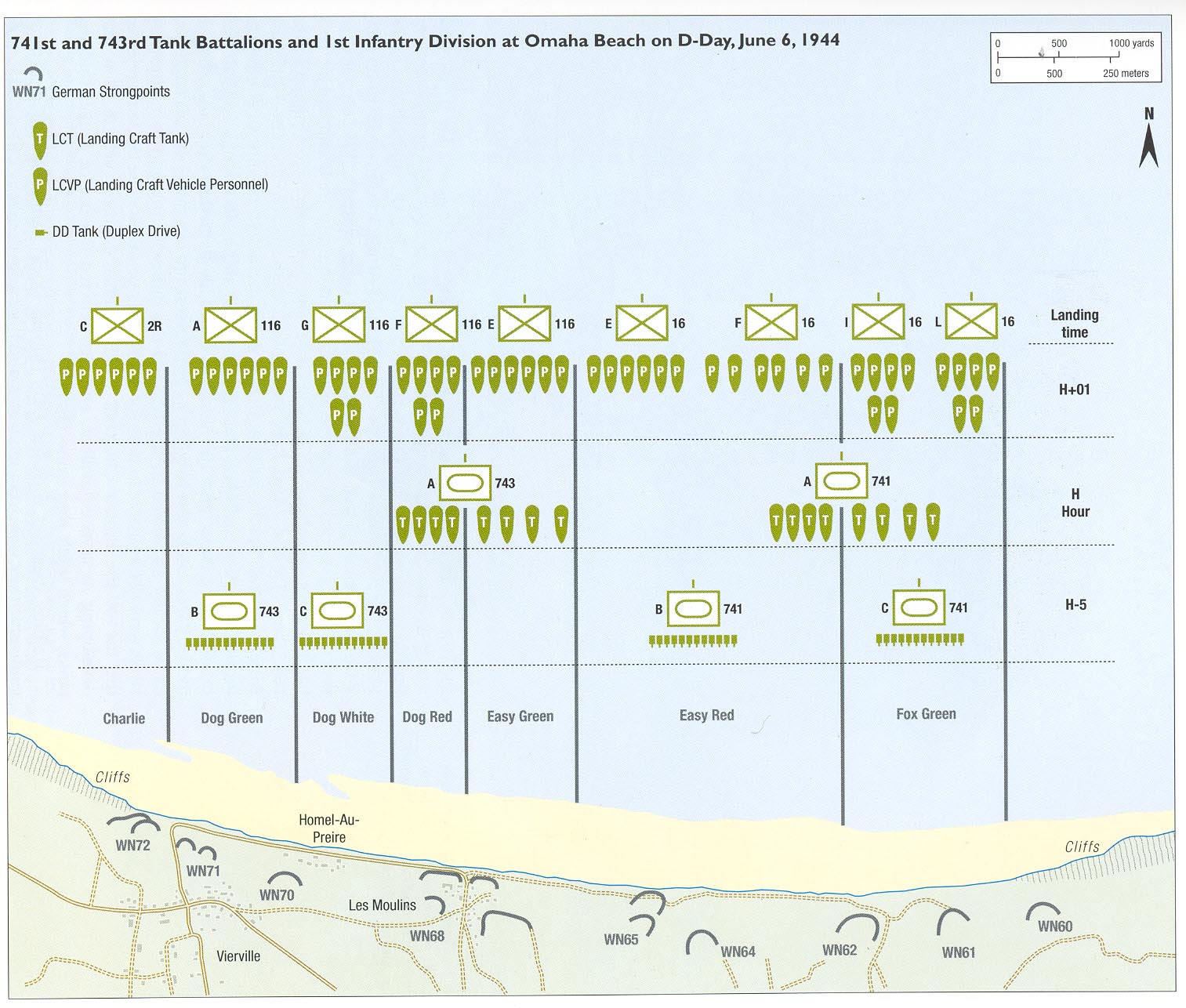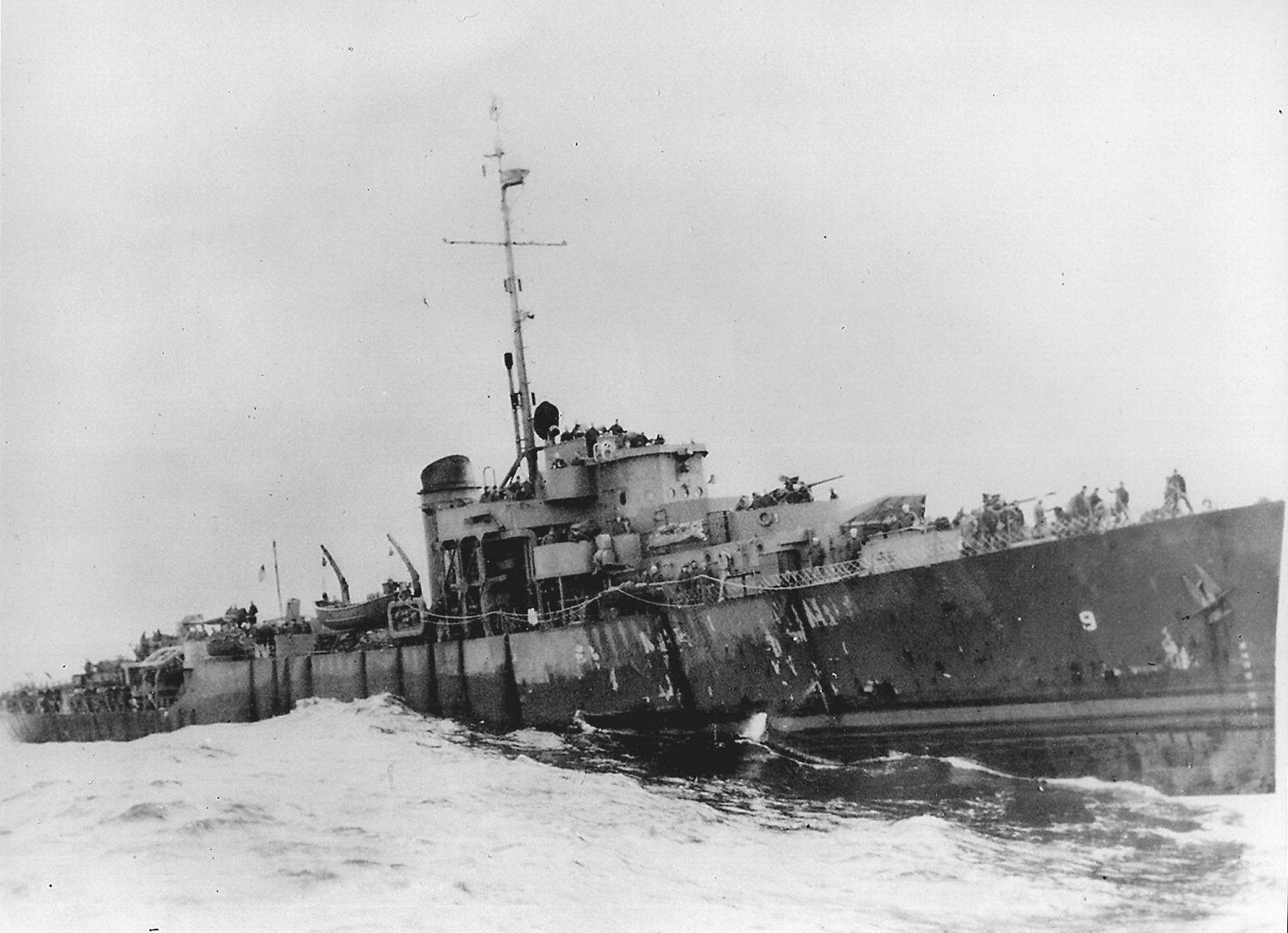The next day I will be available for tours is Sunday, 07/1/2012. If it's a Sunny day I start with a walk around Albany (approx. 5K, 3+ miles) at 9:00 AM. Visitors are welcome to tag along but please send me an email.
Seventy years ago on this day, Wednesday, July 1, 1942 (during the Battle of the Atlantic three merchant ships were sunk): the unescorted American steam merchant Warrior was torpedoed and sunk by the U-126; The unescorted Norwegian steam merchant Cadmus was torpedoed and sunk by the U-129; and the American steam passenger ship City of Birmingham was torpedoed and sunk by the U-202.
In the Mediterranean, while sailing in a convoy, the British steam merchant Marilyse Moller was torpedoed and sunk by the U-97.
On July 1, 1942 there were 75 U-Boats at Sea (Events this day - U-Boat Net). During June 1942, 134 ships (632,869 tons) were sunk and 11 ships (67,343 tons) were damaged by U-boats and mines.
In the Artic Ocean, the infamous Murmask Convoy, PQ-17 (PQ-17 wikipedia) (PQ-17, U-Boat.Net) was discovered by German Aircraft and U-boats on the 1st of July. Within a few days, 24 of the 35 ships in this convoy would be sunk. Prime Minister Winston Churchill called the event, "one of the most melancholy naval episodes in the whole of the war." The Soviet Union did not believe so many ships could be lost in one convoy and openly accused the Western Allies of lying.
Sad story in the Pacific, the American submarine USS Sturgeon (SS 187), torpedoed and sank the 7,266 ton Japanese transport ship Montevideo Maru about 65 nautical miles west of Cape Bojeador, Luzon, Philippines. From wikipedia - "... The was transporting Australian POWs and Allied civilians to Hainan Island. 1140 (including 88 Japanese crew) were killed while 18 survived. Some of the Japanese including the ship's captain made it to the Philippines but most, including the captain, were killed by local guerrillas. This loss of Australian lives is the worst maritime disaster in Australian history. Only one eyewitness account has ever emerged. After 60 years the sole surviving Japanese sailor described the "death cries" of trapped Australians going down with the ship while others sung Auld Lang Syne. "
Also on July 1, 1942 - Field Marshal Erwin Rommel's Afrika Korps and the British 8th Army are engaged in a major battle at El Alamein, Egypt.


.jpg)



